10 Types of Sedum: Best Stonecrop Varieties For Sustainable Gardens
Few plants work harder, more efficiently or quite so creatively as stonecrops. Discover the best types of sedum for beautiful and sustainable gardening projects
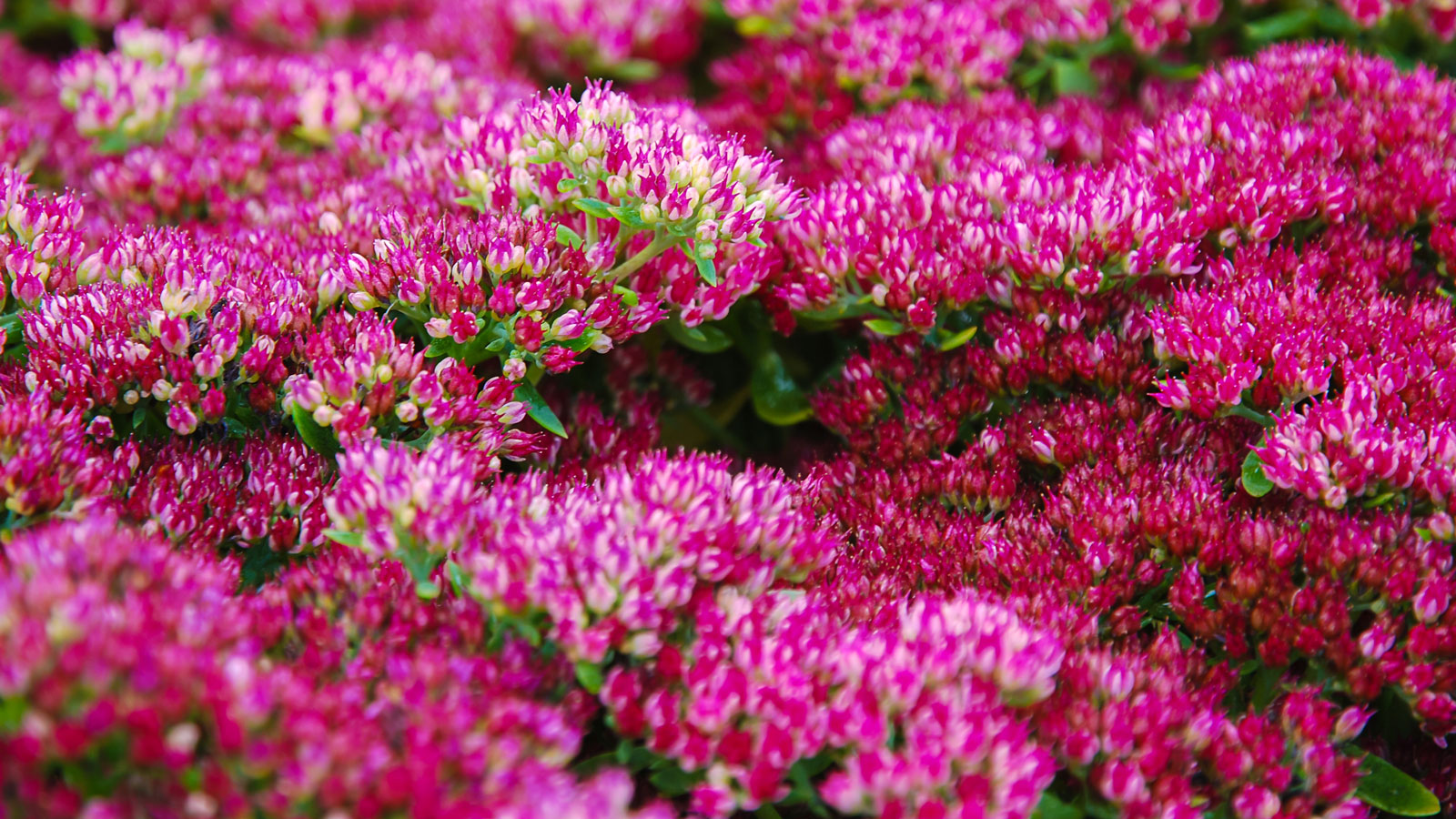
- 1. October Daphne (Hylotelephium Sieboldii)
- 2. Sedum 'Ogon'
- 3. Hylotelephium ‘Purple Emperor’
- 4. Sedum ‘Angelina’
- 5. Hylotelephium ‘Vera Jameson’
- 6. Palmer’s Sedum
- 7. Sedum ‘Dragon’s Blood’
- 8. Hylotelephium 'Herbstfreude'
- 9. Sedum ‘Dream Dazzler’ (SunSparkler Series)
- 10. Sedum Ternatum
- Frequently Asked Questions

Trying to choose the best types of sedums for sustainable gardening is enough to make you feel like a kid in a candy shop. Whether sprawled like carpets of color amidst rocks or bobbling delicately along path edgings, sedums have a peerless reputation for flourishing in situations that challenge countless other plants.
Making more of plants that don’t rely on constant irrigation is one key way we can enjoy our gardens while being more switched on to sustainable living. Thanks to their natural drought-tolerance, the sedums in this selection thrive in a range of hardiness zones, poor soils and gardening projects, in places where you might struggle to grow many other plants. You can plant sedums in rockeries and gravel gardens, on slopes and in compact containers, within the cracks of crumbling walls, as part of inventive xeriscaping plots, and even on green roof gardens.
Such is their versatility, these sedum (aka stonecrop) varieties work just as well in modest, compact settings as they do in ambitious, eco-driven projects. Capable of neon yellow and deep purple foliage here, or a froth of hot pink flowers there, many upright sedum varieties also service a host of pollinators such as butterflies and honeybees. So whichever direction your planting inclinations take you, this collection of sustainably smart upright and creeping sedum varieties is sure to hit the spot.
Selecting the Very Best Types of Sedum for Sustainable Ornamentals
Although there is a bit of an overlap, most stonecrop varieties fall into one of two groups. There are the mat-forming, creeping rock garden sedums, and the upright, pollinator-friendly plants which often present with fluffier flower heads. Ground cover sedum varieties (rock garden sedums) are generally more compact, although they spread quickly, making them ideal for gravel gardens, patios, pathways and pots.
Upright floriferous types are so distinct, scientists recently concluded that they deserved their own name (Hylotelephium). Both Hylotelephium varieties and rock garden sedums are included in this selection because, as stonecrop plants, they have superior resilience in often-extreme conditions – not to mention their overall suitability for sustainably minded planting.
‘These plants are prized for their quick establishment and set-it-and-forget-it nature’ says Gardening Know How’s Bonnie Grant. ‘They can burst with life even in the cracks of a wall, and their leaves allow them to store water and thrive in the hottest, driest locations.’ Read on for our pick of the best sustainable sedums.

Bonnie Grant is a professional landscaper with a Certification in Urban Gardening. She has been gardening and writing for 15 years. A former professional chef, she has a passion for edible landscaping.
1. October Daphne (Hylotelephium Sieboldii)
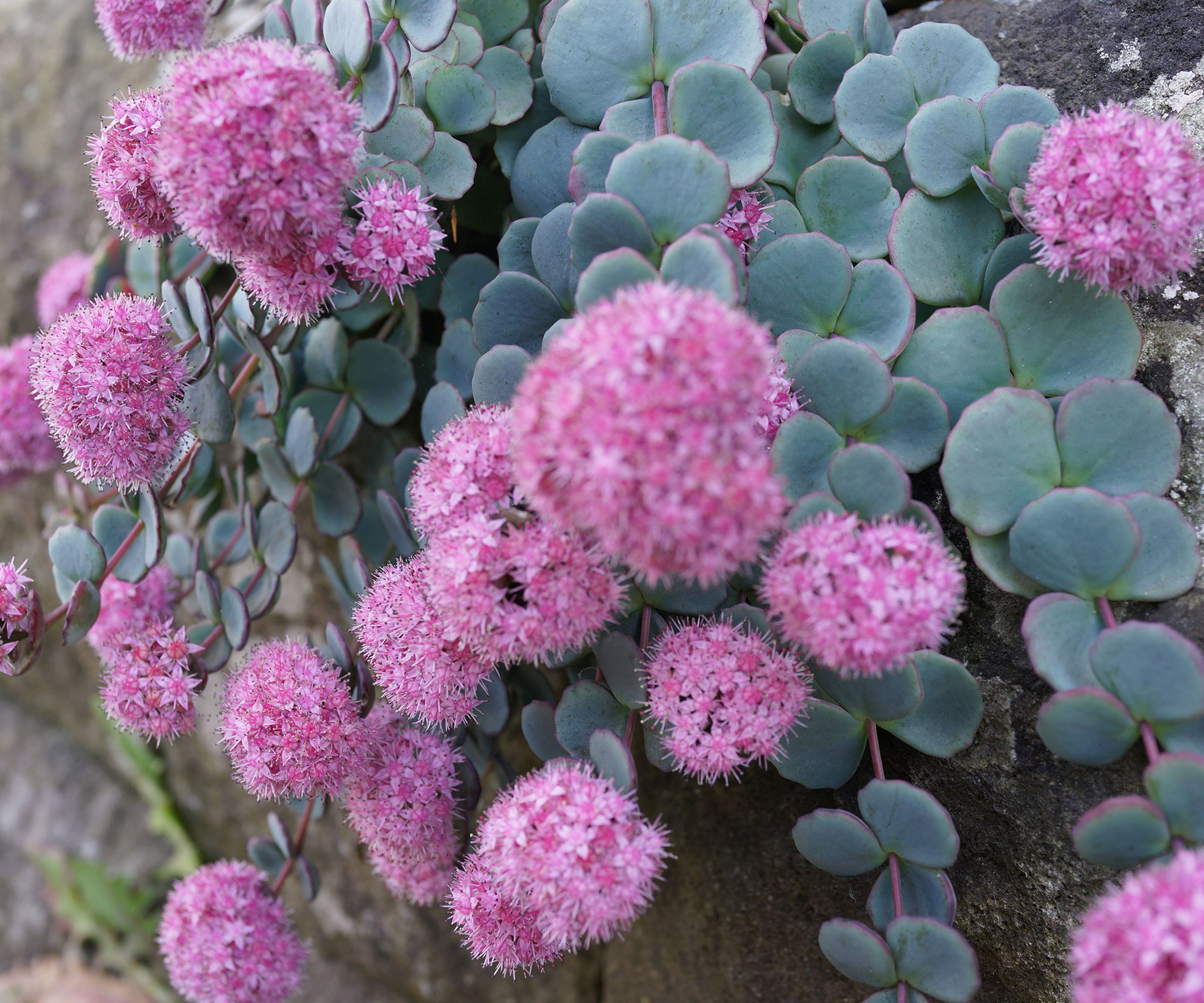
- Hardiness: 3-9
- Height: 12in (30cm)
- Great for: Pots and pollinator gardens
Combining the most distinctive elements of both floriferous and creeping stonecrop varieties, sun-loving October Daphne (Hylotelephium sieboldii, formerly Sedum sieboldii) is a striking choice for sustainable gardening. Its round, flat, succulent blue-green leaves have distinctive pink edges. These are complemented by frothy pink flowers which bloom in summer. Perfect for a butterfly garden, this pollinator-friendly plant is also happy as ground cover and in containers.
Gardening tips, videos, info and more delivered right to your inbox!
Sign up for the Gardening Know How newsletter today and receive a free copy of our e-book "How to Grow Delicious Tomatoes".
2. Sedum 'Ogon'
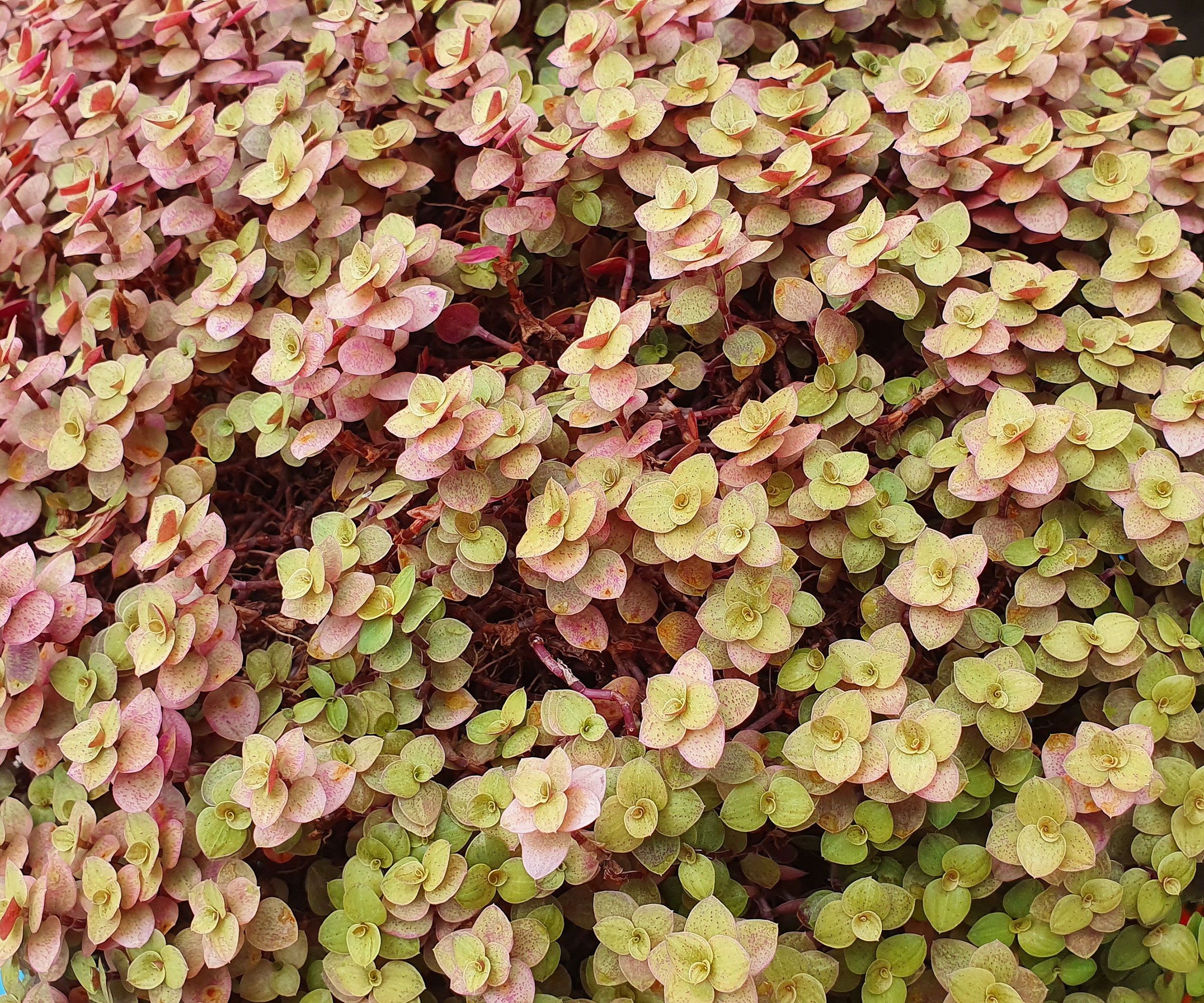
- Hardiness: 6-9
- Height: 2in (5cm)
- Great for: Easy ground cover and walls
An abundance of dainty, multifaceted leaf color makes this one of the liveliest types of sedum for ground cover. Packed with clusters of lime, burgundy and gold notes, Sedum makinoi 'Ogon' is a lively addition to rock gardens and looks especially striking in container garden arrangements, tumbling over the edges of a terracotta pot or glazed ceramic planter. Happy in full sunshine and partial shade, this mass of jewel-like foliage is joined with petite gold blooms in summer.
3. Hylotelephium ‘Purple Emperor’
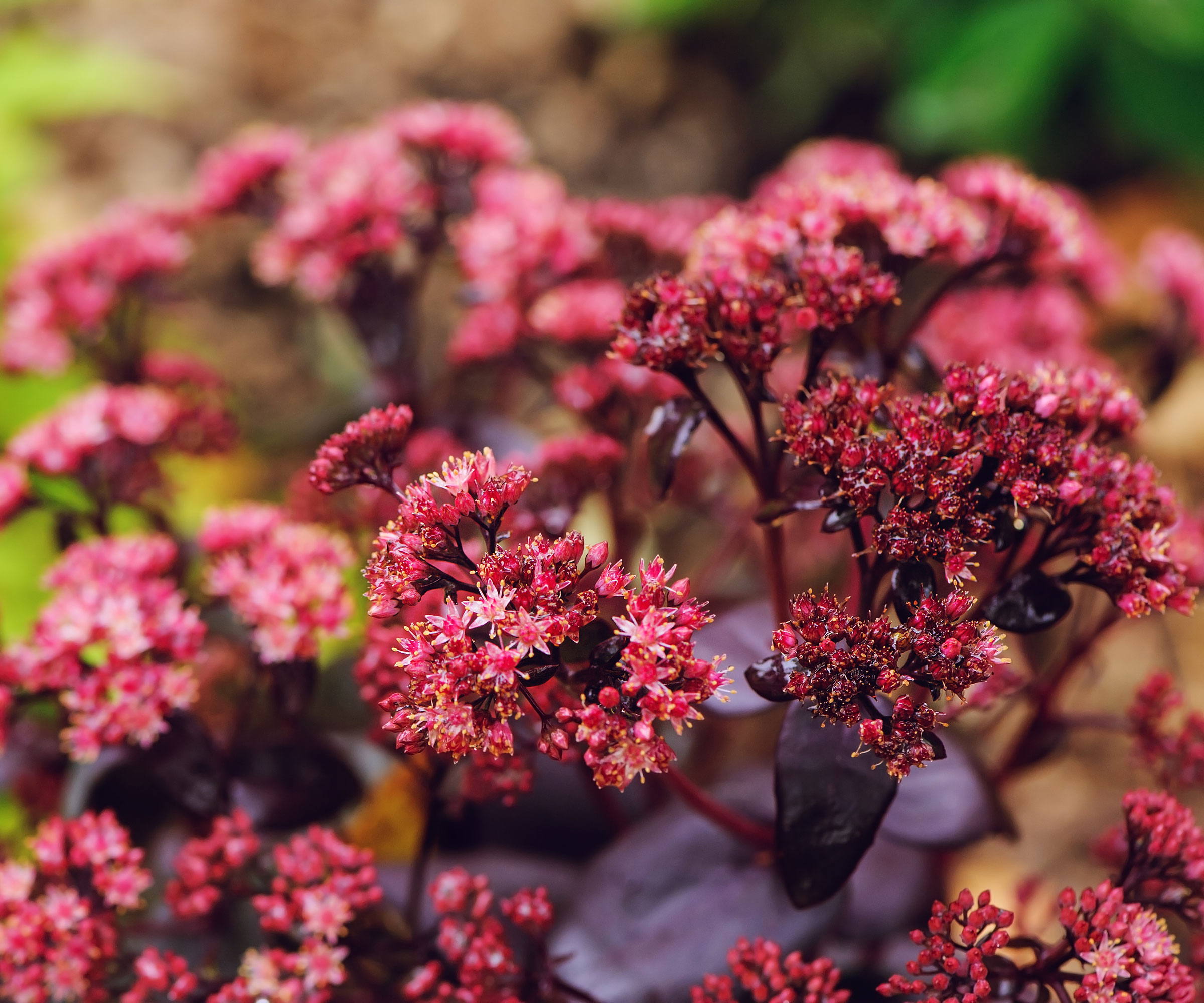
- Hardiness: 3-9
- Height: 15in (38cm)
- Great for: Pollinator gardens and floral beds
Pollinator-friendly Purple Emperor is another one of the stonecrop varieties that is now defined as Hylotelephium. Bees and butterflies adore its copious plumes of deep pink petals bursting forth from lush purple foliage between summer and fall. ‘These plants do best in poor, well-draining, sandy to rocky soil,’ says Liz Baessler, Gardening Know How’s Senior Editor. ‘If they grow in soil that is too fertile, they will put out too much growth and become weak and floppy.’

Liz has been with Gardening Know How since 2015, and a Senior Editor since 2020. She holds a BA in English from Brandeis University and an MA in English from the University of Geneva, Switzerland. After years of gardening in community garden plots, she finally has her own backyard.
4. Sedum ‘Angelina’
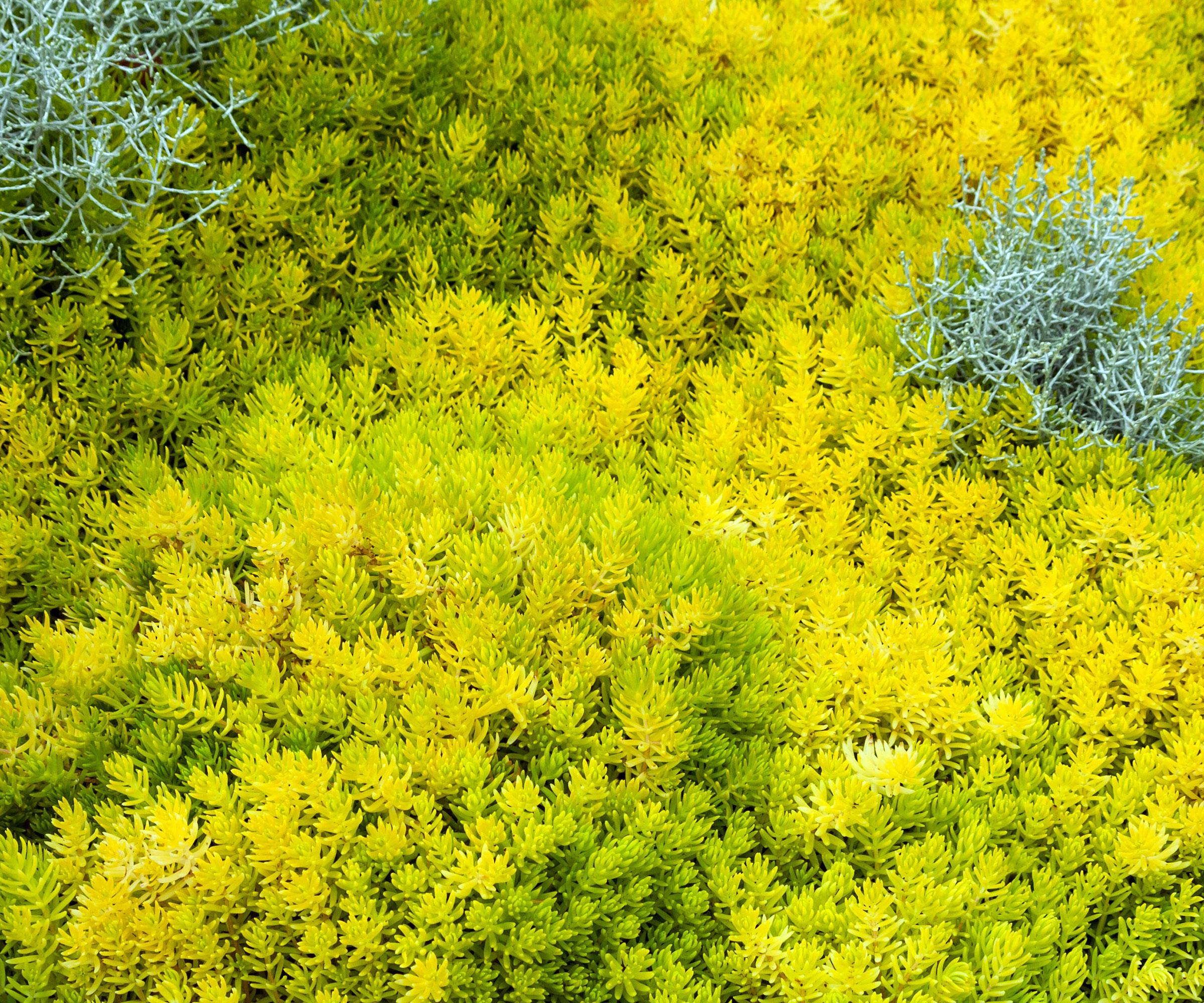
- Hardiness: 5-9
- Height: 6in (15cm)
- Great for: Rockeries and containers
An almost-luminescent golden glow sets this evergreen perennial apart from other types of sedum. Sedum rupestre ‘Angelina’ develops a shock of near-neon yellow flowers in summer, which develop hues of pink and copper during the fall. Sun-thirsty Angelina prefers full sunshine, but can cope with partial shade, although this might result in greener displays. Gorgeous in xeriscaping plots, container gardens, gravel plots, rockeries or even just bulging forth from flower beds in carpets of cyber gold.
5. Hylotelephium ‘Vera Jameson’
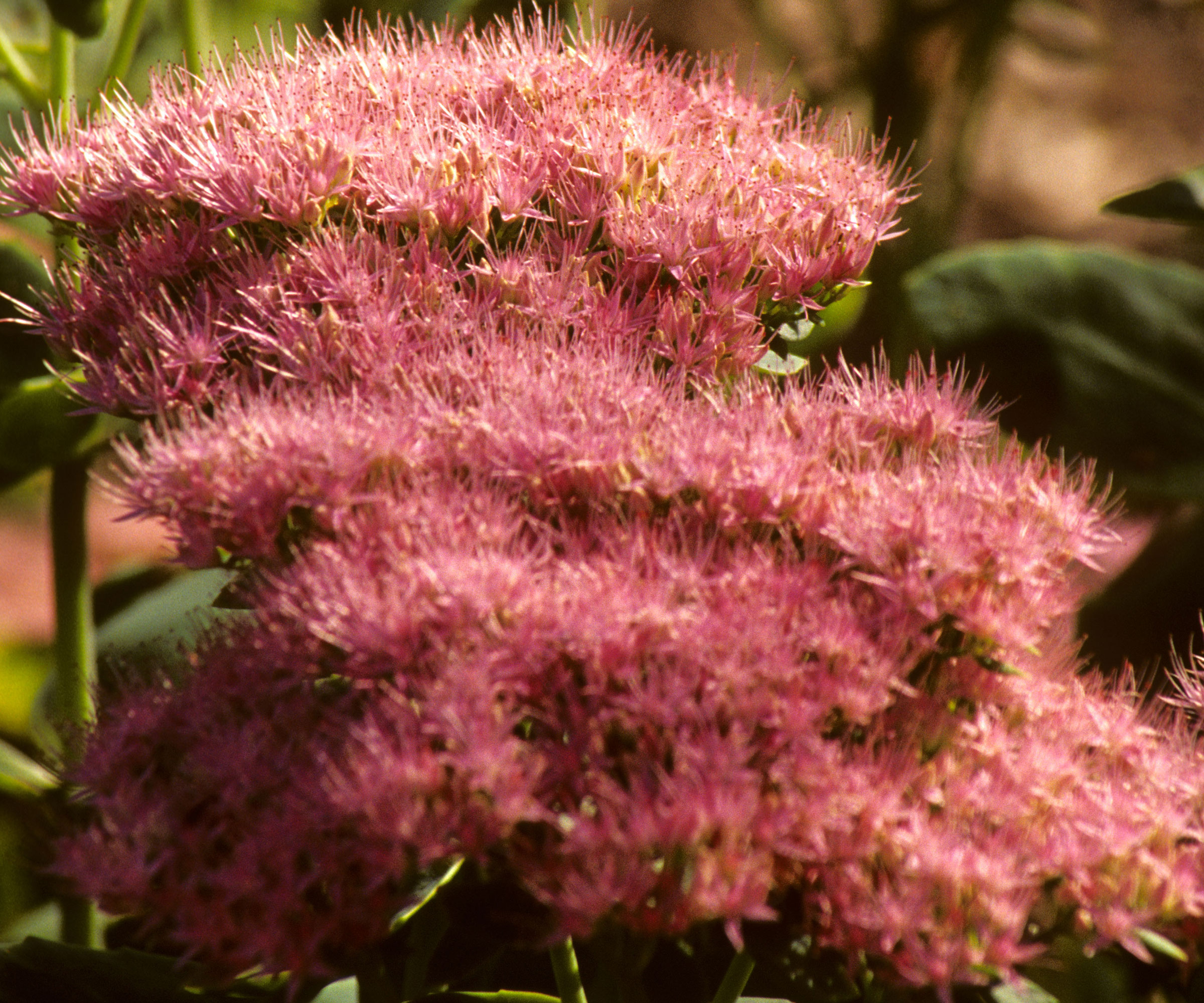
- Hardiness: 3-9
- Height: 12in (30cm)
- Great for: Borders, containers and edging
Another of the fluffy-headed Hylotelephium stonecrop varieties, 'Vera Jameson' adds a pop of interest to beds, borders, pots and patios. Blue-green foliage shifts to purple during the fall, with burgundy stems supporting dusky pink flowers in summer. Charming Vera Jameson is happy in full sunshine, sandy soils and gravel-based settings. ‘This sedum takes extremes of heat and cold in stride,’ says Gardening Know How’s Mary Ellen Ellis. ‘Once established, it won’t need to be watered.’

Mary Ellen Ellis has been gardening for over 20 years. With degrees in chemistry and biology, Mary Ellen's specialties are flowers, native plants, and herbs.
6. Palmer’s Sedum
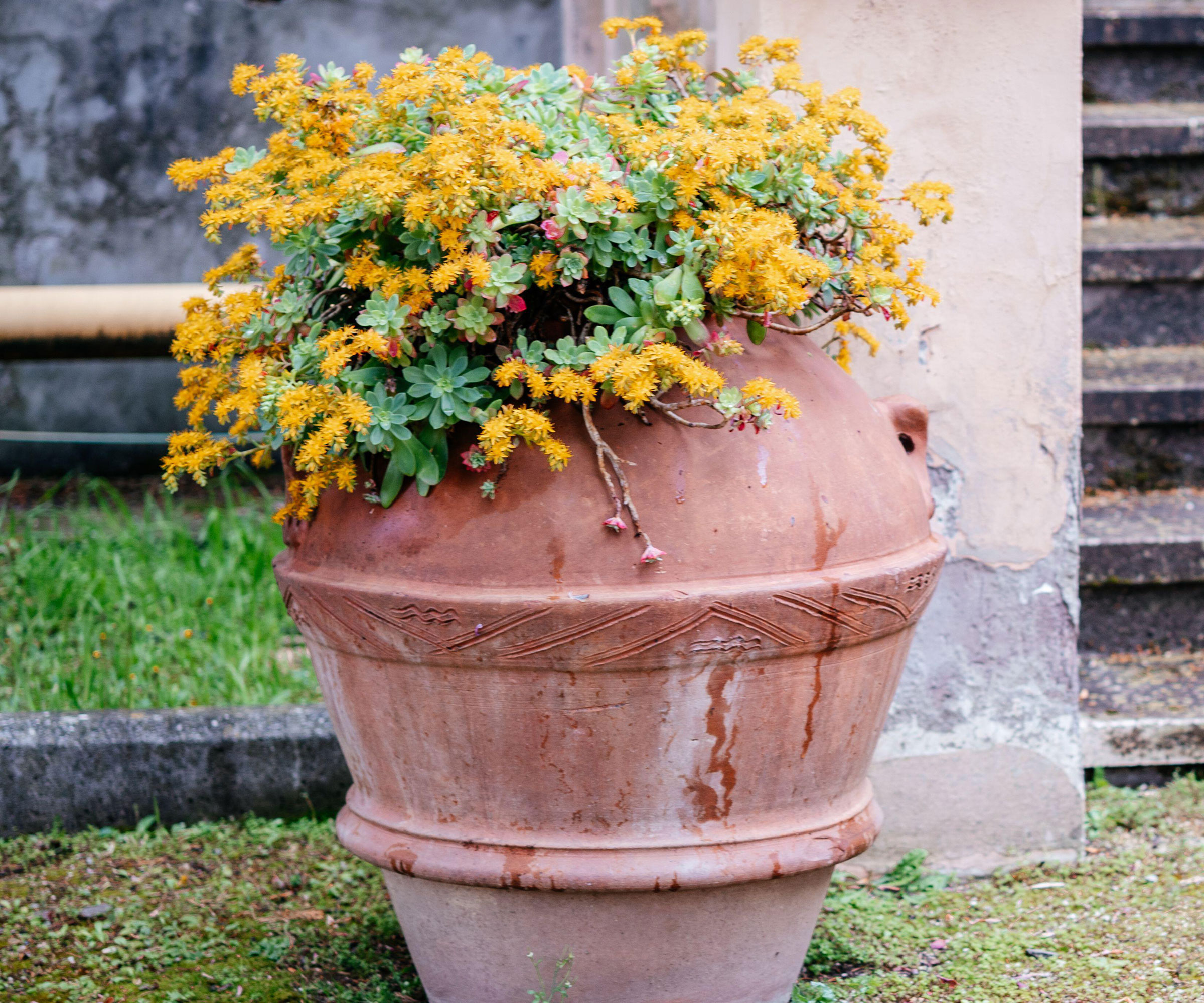
- Hardiness: 8-11
- Height: 8-10in (20-25cm)
- Great for: Rockeries and containers
Palmer’s sedum (Sedum palmeri) is one of the most dramatic fleshy-leaved types of sedum to grow in rock gardens and containers. This trailing herbaceous perennial has fleshy succulent leaves which support cascading golden flowers in late winter and early spring. It can thrive in partial shade, although plentiful sunshine is the best way to ensure that intense floral color in the early weeks of the year. As a tonal treat, its dusty foliage takes on pinkish tints where it grows in extended sunshine.
7. Sedum ‘Dragon’s Blood’
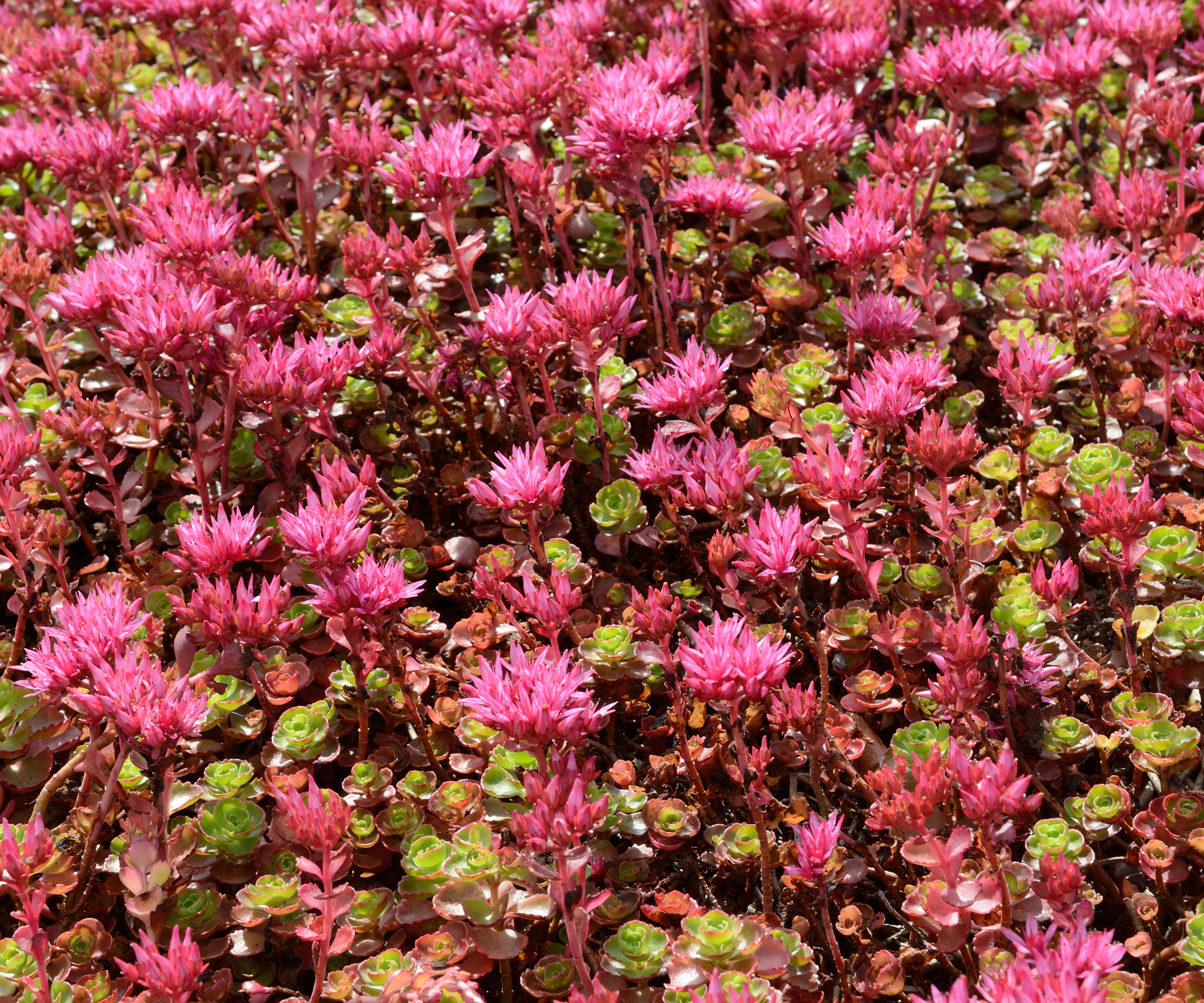
- Hardiness: 4-9
- Height: 6in (15cm)
- Great for: Beds and borders
Feisty Sedum spurium presents with a blaze of rich bronze, green and purple foliage. These succulent-style leaves shift in intensity from summer to fall. This is coupled with zingy hot pink flowers from mid-to-late summer. One of the best types of sedum for quickly developing a thick ground cover, sun-guzzling Dragon’s Blood is also well suited to slopes, rockeries and dry soils. This carpet-style creeping perennial is also a popular choice for coastal gardens.
8. Hylotelephium 'Herbstfreude'
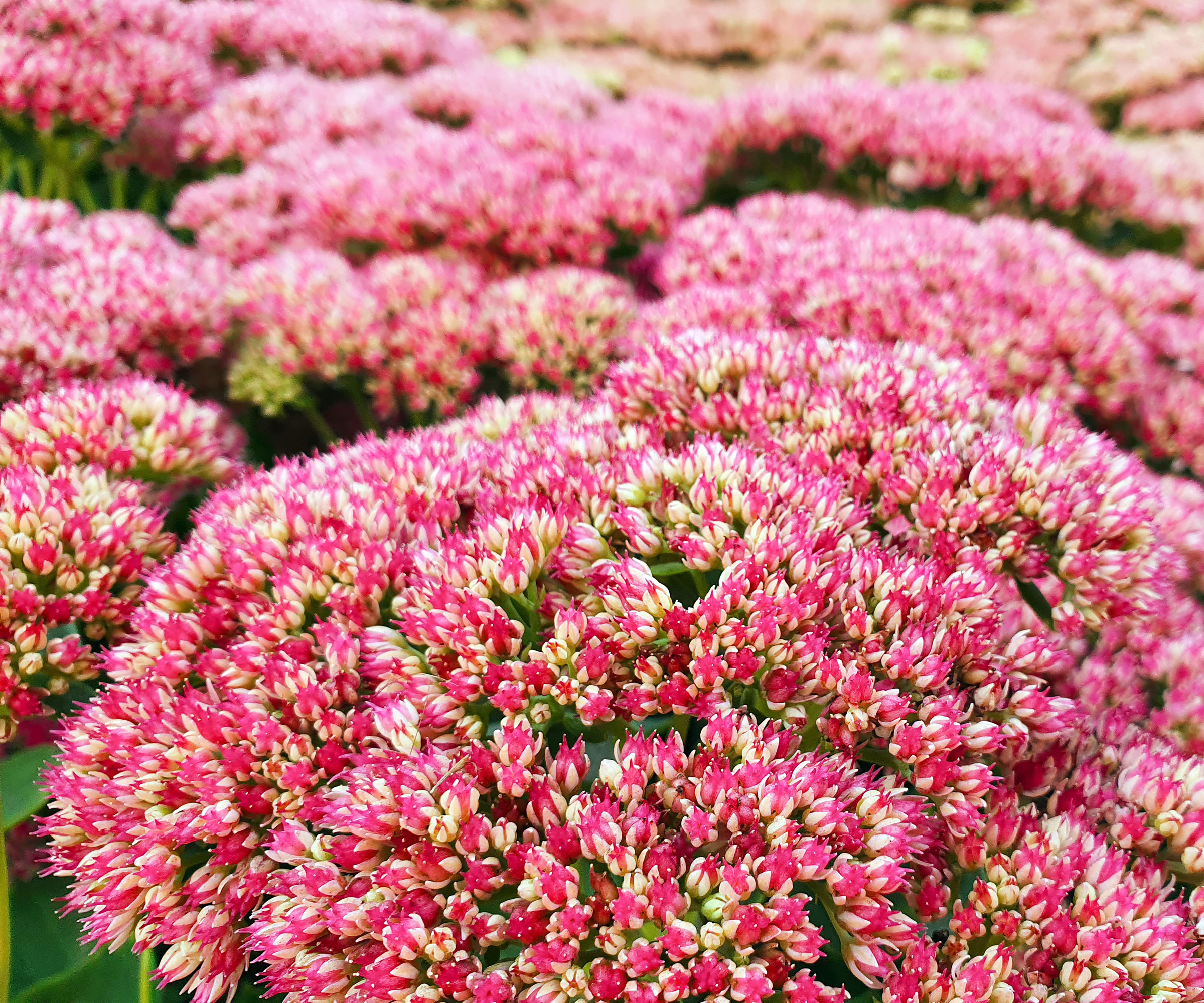
- Hardiness: 3-9
- Height: 2ft (60cm)
- Great for: Pollinator gardens and mixed beds
One of the classic stonecrop varieties, Hylotelephium 'Herbstfreude’ (or ‘Autumn Joy’ as it is also known) is a garden pollinator’s dream. It presents with juicy pink blooms in late summer which become copper in the fall. This hardy upright stonecrop grows up to two feet (60cm) tall, so it’s great for flower beds, raised beds and rock gardens. Growing Autumn Joy well just relies on ensuring that it receives a little afternoon shade as well as copious sunshine, to keep its foliage and flowers looking their best.
9. Sedum ‘Dream Dazzler’ (SunSparkler Series)
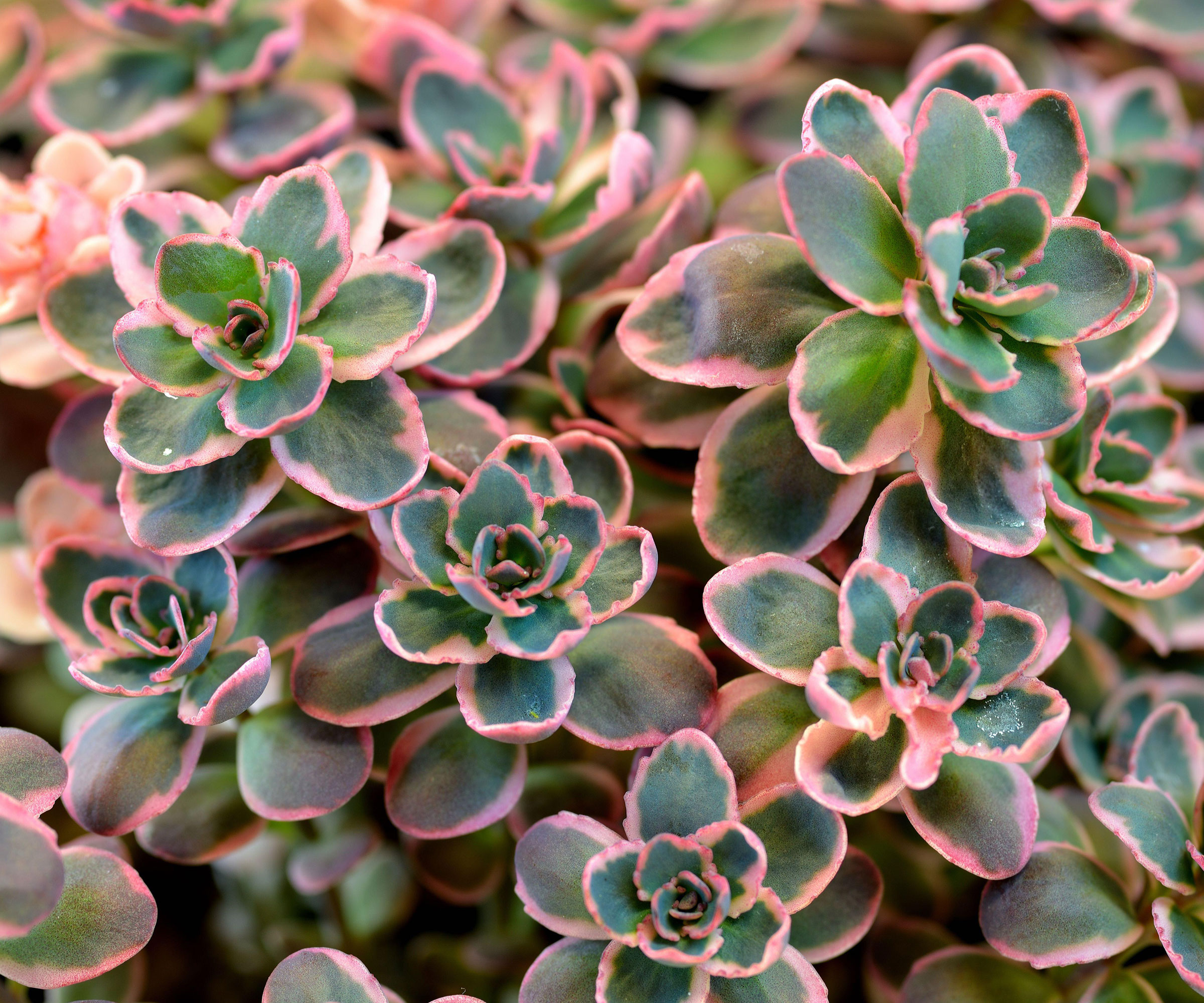
- Hardiness: 4-9
- Height: 6-8in (15-20cm)
- Great for: Gravel gardens and rockeries
Gorgeous as a focal point for a gravel garden and as ground cover, ‘Dream Dazzler’ is one of the best types of sedum to choose for a long season of drought-tolerant color. With its funky pink-edged succulent leaves and hot pink flowers from late summer to fall, there is something joyfully glam rock about this rockery favorite. Foliage varies from green to purple, depending on sun exposure and the time of year. It can also flourish in a mixed border or as part of a playful xeriscaping project.
10. Sedum Ternatum
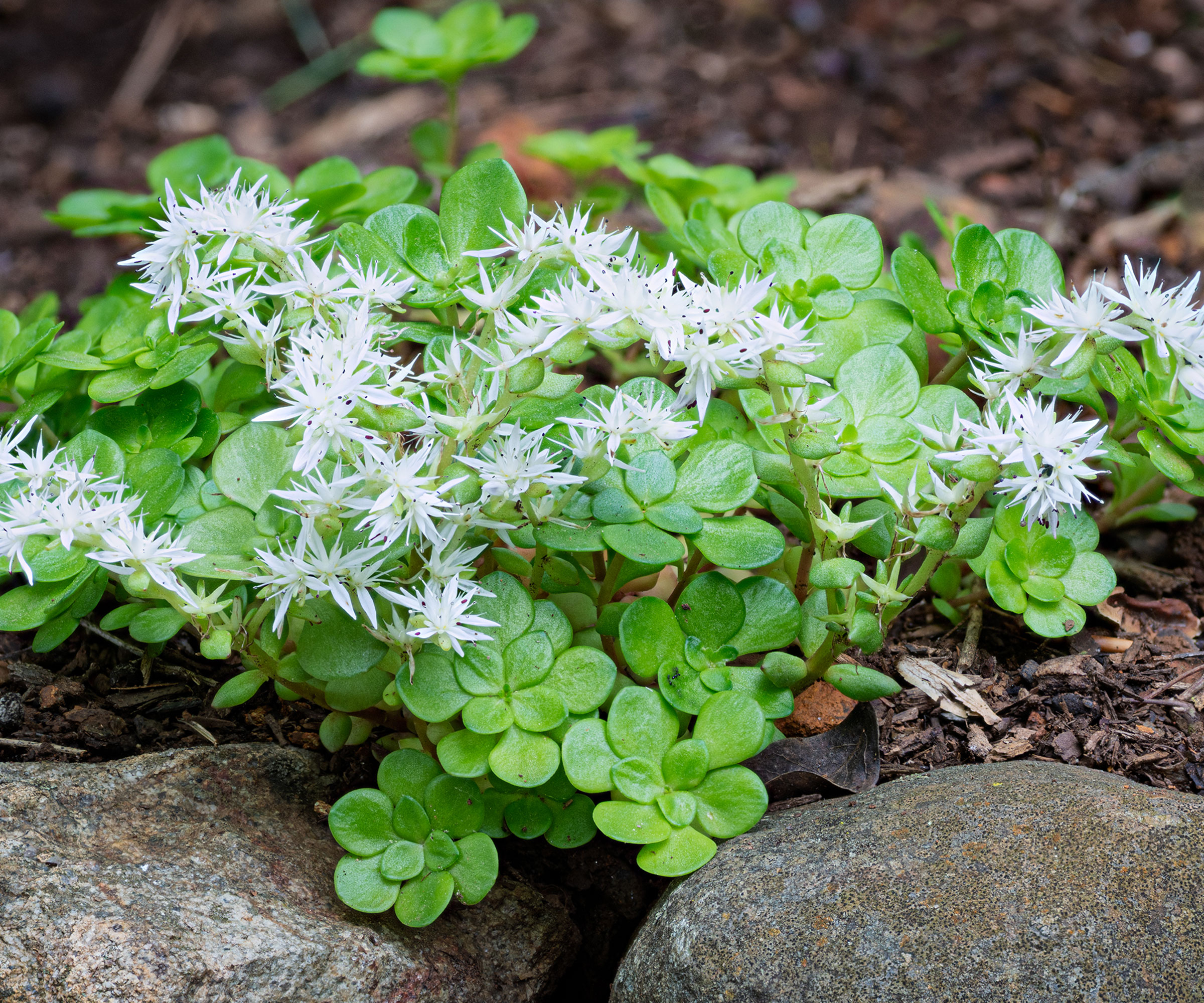
- Hardiness: 4-8
- Height: 6in (15cm)
- Great for: Rock gardens and garden walls
While many stonecrop varieties thrive in full sunshine, Sedum ternatum (also known as wild stonecrop) is one sedum you can happily plant in light or partial shade. It is also happier in moist ground conditions than many of its sedum comrades. Its bright green rounded leaves are complemented in early summer by delicate sprays of starry white blooms which seem to glow in quiet corners. Lovely as ground cover and as part of a rockery, this stonecrop looks charming tumbling from a stone wall, too.
Frequently Asked Questions
Which Stonecrops are Best for Houseplants?
Some upright stonecrop varieties (such as ‘Autumn Joy’) undoubtedly prefer to be outdoors, where they can soak up the sun and stretch out their flowering limbs. But there are many sedum varieties that can thrive indoors. Moss stonecrop (Sedum acre) is fine as long as it receives lots of direct light and ample drainage. Compact Sedum ‘Angelina’ is well suited to containers with gritty drainage.
Some sedums prefer being grown as houseplants. Sedum morganianum (aka burro’s tail) easily adapts to indoor living if you choose a container or hanging basket that enables its trailing habit. While the tightly clustered jelly bean plant (Sedum rubrotinctum) flourishes if you allow the potting medium to dry out between watering.
Which Stonecrop is the Hardiest?
Quite a lot of stonecrops are relatively hardy. Many types of sedum thrive in USDA hardiness zones 4-9, and a few are hardy as low as zone 3, such as sedum acre, for example. Broadleaf stonecrops and Hylotelephium sieboldii like October Daphne are amongst the hardiest stonecrops you can grow. Hylotelephium telephium such as 'Herbstfreude' (Autumn Joy) also has a good level of hardiness.

Janey is a former assistant editor of the UK’s oldest gardening magazine, Amateur Gardening, where she worked for five years. For the last few years, she has also been writing and editing content for digital gardening brands GardeningEtc and Homes & Gardens. She’s taken part in a range of conservation and rewilding projects for the Royal Horticultural Society (RHS) and the British Trust for Conservation Volunteers (BTCV) as a way of exploring her horticultural horizons. She is currently undertaking her RHS Level 2 certificate in The Principles of Plant Growth and Development.
-
 10 Common Composting Problems That Can Spoil Your Garden Gold – Plus Easy Fixes
10 Common Composting Problems That Can Spoil Your Garden Gold – Plus Easy FixesLearn how to troubleshoot common composting issues before they ruin your stash – from bad smells and bugs to materials not breaking down as they should.
By Susan Albert
-
 Terrifically Tubular Flowers For Hummingbirds: 9 Tube-Flowered Plants To Attract Hummers
Terrifically Tubular Flowers For Hummingbirds: 9 Tube-Flowered Plants To Attract HummersGrowing tubular flowers for hummingbirds helps you create the optimum feeding conditions for your winged friends. Here are nine tubed delights for hummers
By Tonya Barnett
-
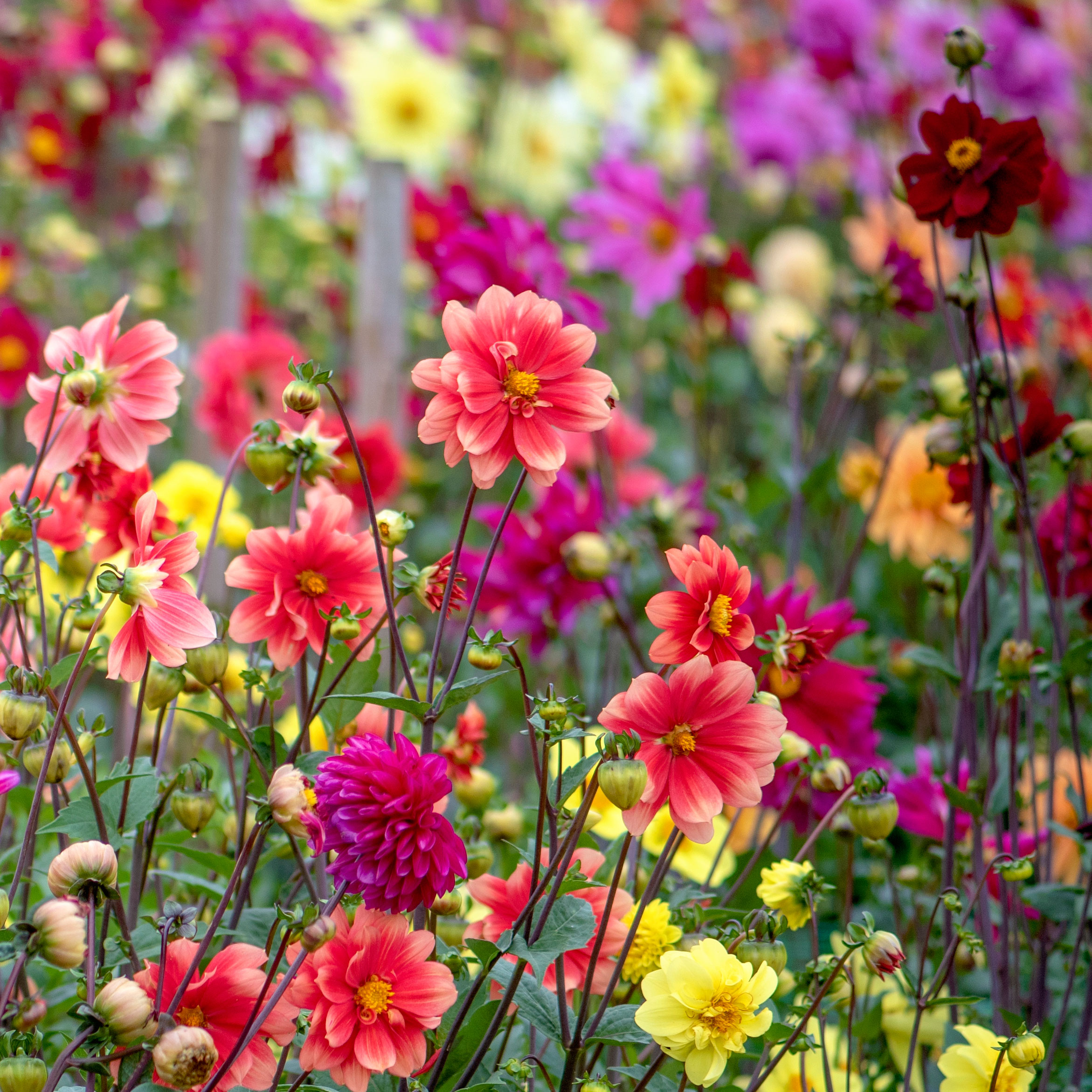 Cut Flower Garden For Beginners: 8 Easy Decorative Floral Plants For Newbies To Grow
Cut Flower Garden For Beginners: 8 Easy Decorative Floral Plants For Newbies To GrowAre you new to growing decorative florals for bouquets and ornamental displays? A cut flower garden for beginners is well within reach if you grow these flower seeds
By Tonya Barnett
-
 Spectacular Early Blooming Shrubs: 6 Sparkling Spring Flowering Bushes
Spectacular Early Blooming Shrubs: 6 Sparkling Spring Flowering BushesWant to kickstart your gardening year with dazzling spring flowering bushes for beds and borders? These unique early bloomers are sure to help you rise and shine!
By Teo Spengler
-
 Quick Fire Hydrangea – The Elegant, Easy-Care Shrub Every Gardener Needs In Their Landscape
Quick Fire Hydrangea – The Elegant, Easy-Care Shrub Every Gardener Needs In Their LandscapeIf you’re after an early flowering panicle hydrangea that offers plenty of floral variety, the Quick Fire hydrangea goes big on visual dynamics from early summer to fall
By Tonya Barnett
-
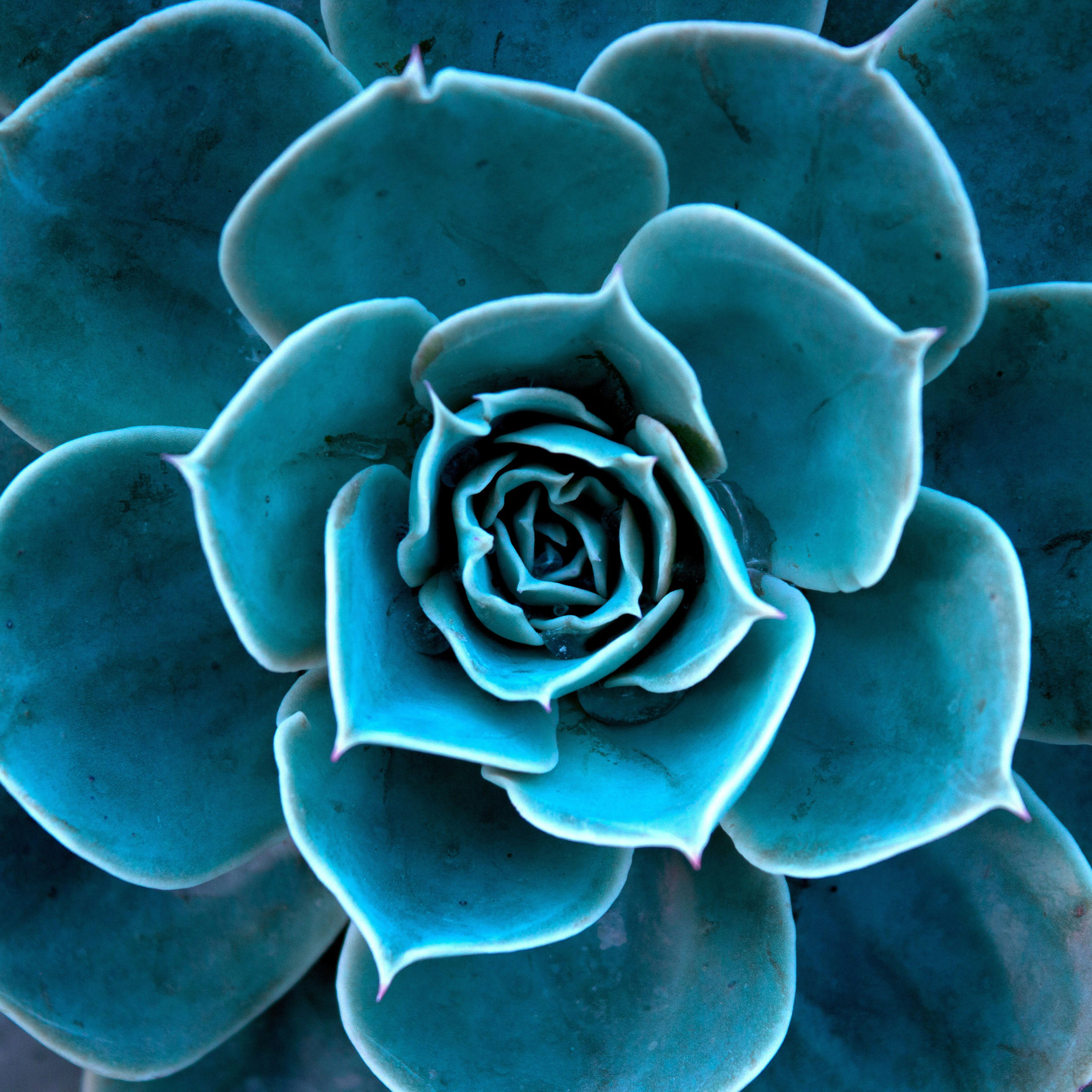 Time For Teal: 7 Terrific Teal Plants To Grow In Your Home Garden
Time For Teal: 7 Terrific Teal Plants To Grow In Your Home GardenIt’s an emerging color with a devoted following in fashion and interiors, but can you enjoy blue-greens in your garden? We round up the best teal plants you can grow
By Tonya Barnett
-
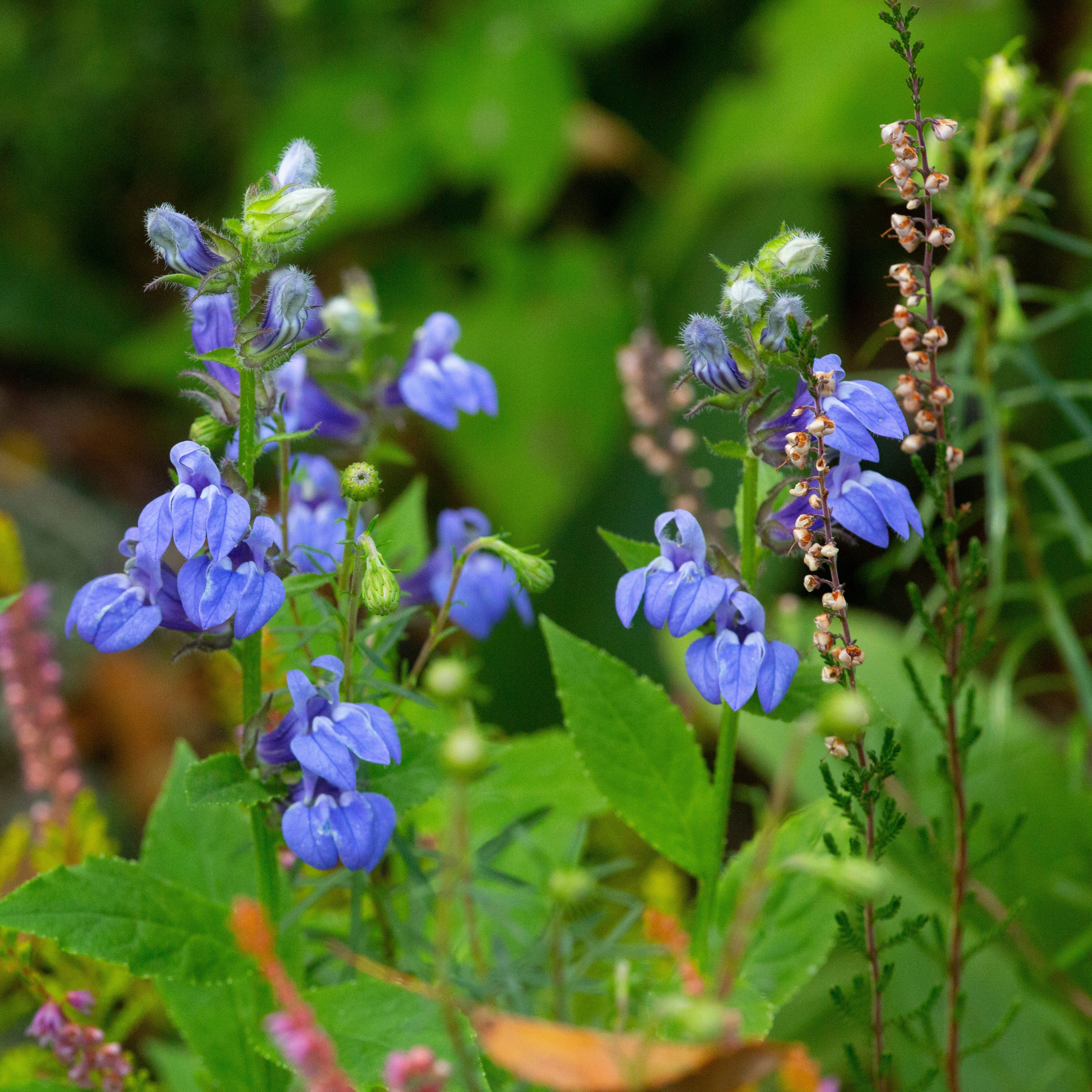 Grow Great Blue Lobelia: Native Blue Cardinal Flowers For Butterflies And Hummingbirds
Grow Great Blue Lobelia: Native Blue Cardinal Flowers For Butterflies And HummingbirdsIf you’re keen to enhance your native plants or attract more pollinators, blue cardinal flowers are an essential flowering perennial. Here’s how to grow great blue lobelia
By Tonya Barnett
-
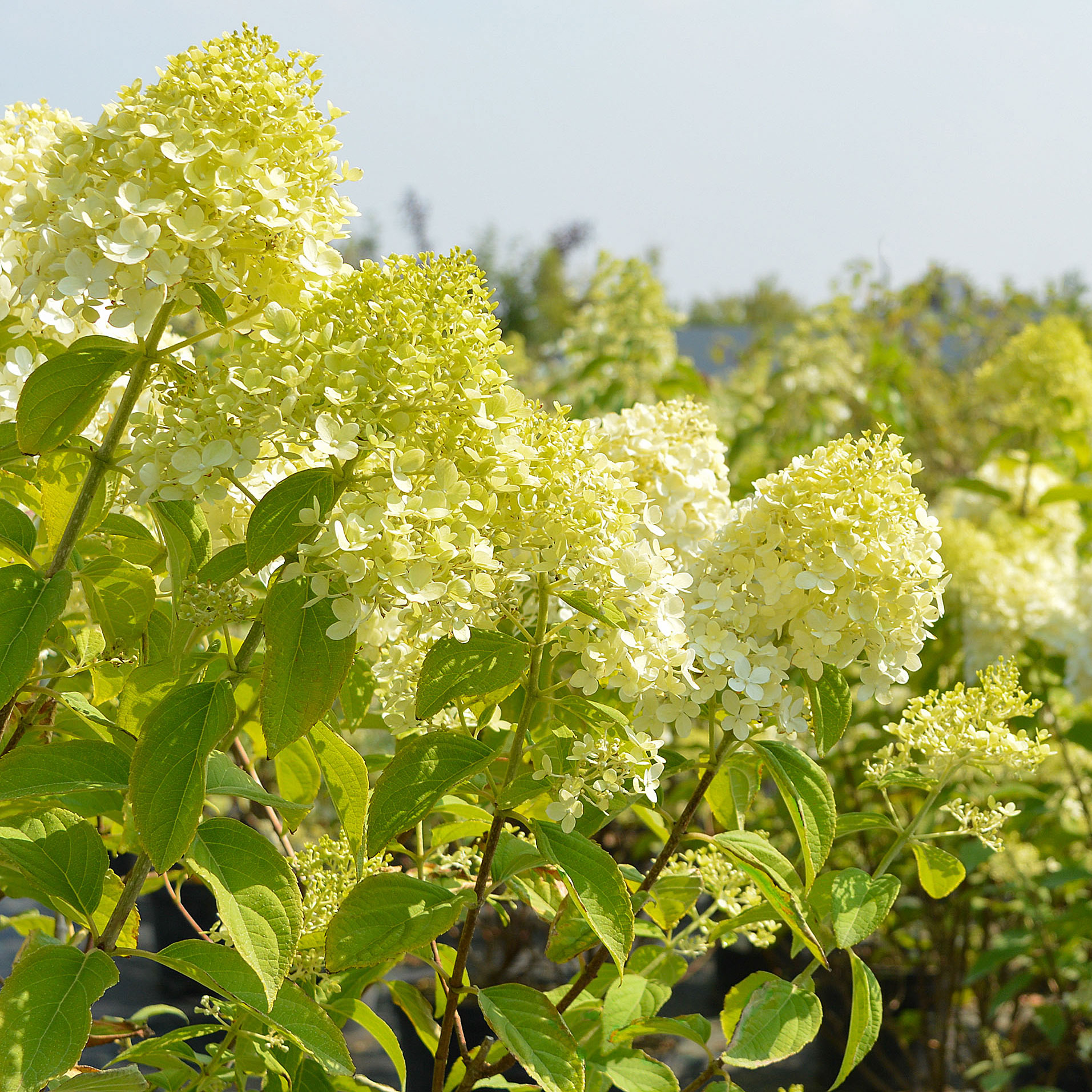 Grow Limelight Hydrangea Shrubs For Green Themed Displays And Brilliant Borders
Grow Limelight Hydrangea Shrubs For Green Themed Displays And Brilliant BordersIf you're a panicle hydrangea lover in search of flamboyant, long-lasting florals, knowing how to grow Limelight hydrangea shrubs will ensure gorgeous green blooms
By Mary Ellen Ellis
-
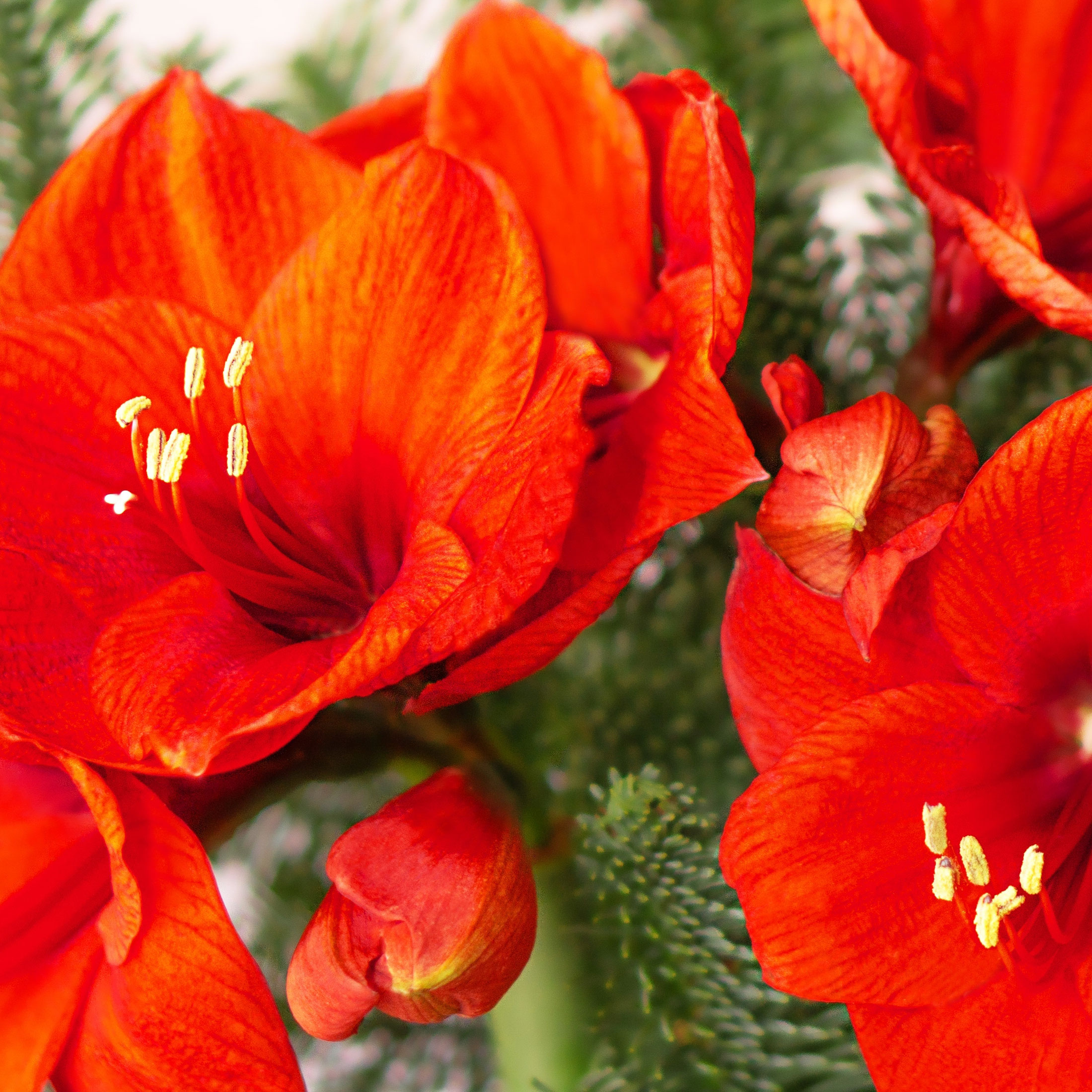 Warm Up Your Winter With Indoor Reds! 8 Red Amaryllis Varieties For Sizzling Seasonal Interest
Warm Up Your Winter With Indoor Reds! 8 Red Amaryllis Varieties For Sizzling Seasonal InterestWell loved as a bold decorative holiday bloomer, the red amaryllis is a hot favorite for winter displays. These red amaryllis varieties are guaranteed to fire up the season
By Tonya Barnett
-
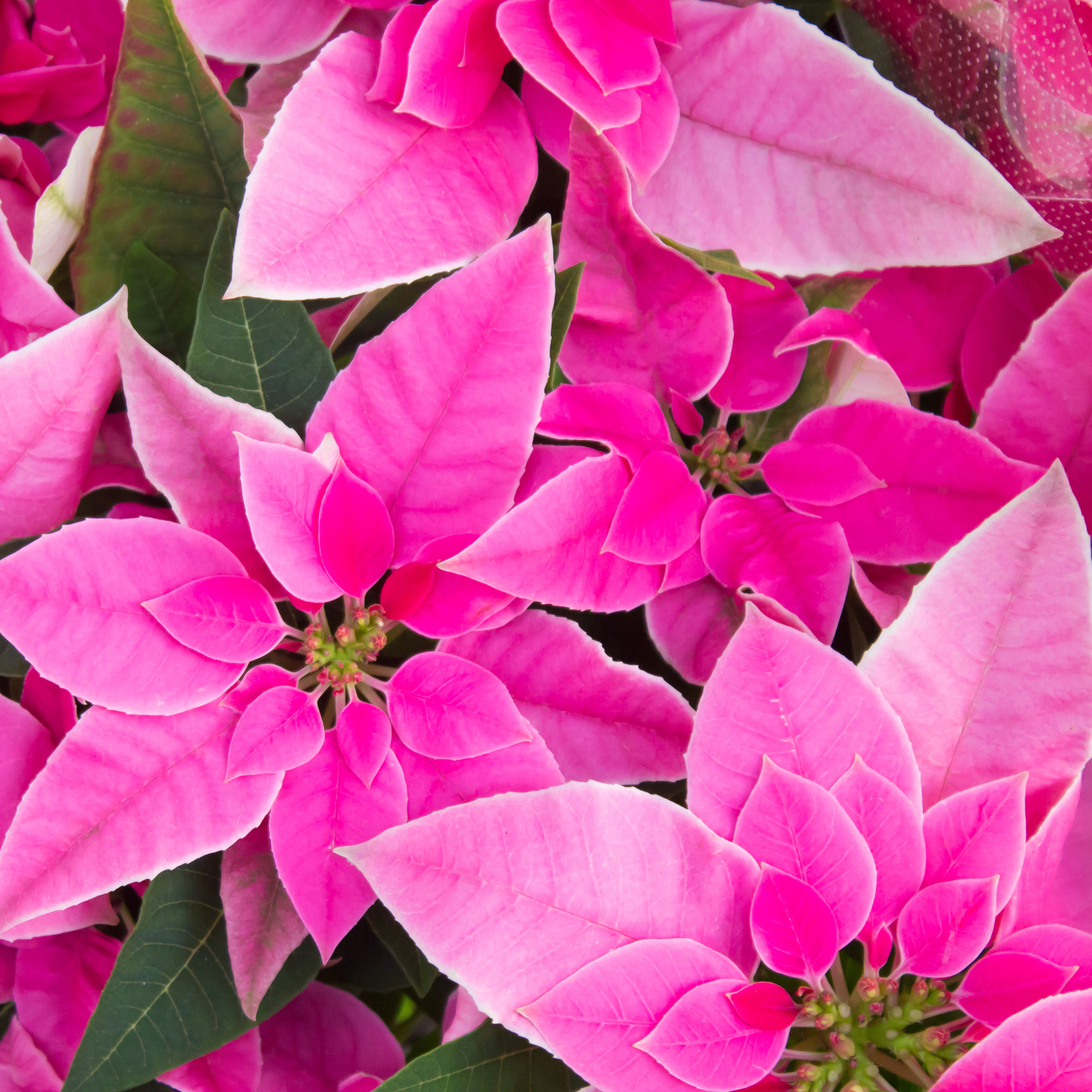 Poinsettia Pinks: 7 Pink Poinsettias To Grow For Neon Hot Tones And Cool Pretty Pastels
Poinsettia Pinks: 7 Pink Poinsettias To Grow For Neon Hot Tones And Cool Pretty PastelsWhile the traditional red poinsettia is a staple of many homes over the holiday period, they are not your only option. For cheerful brights or pastels, why not grow pink poinsettias?
By Tonya Barnett